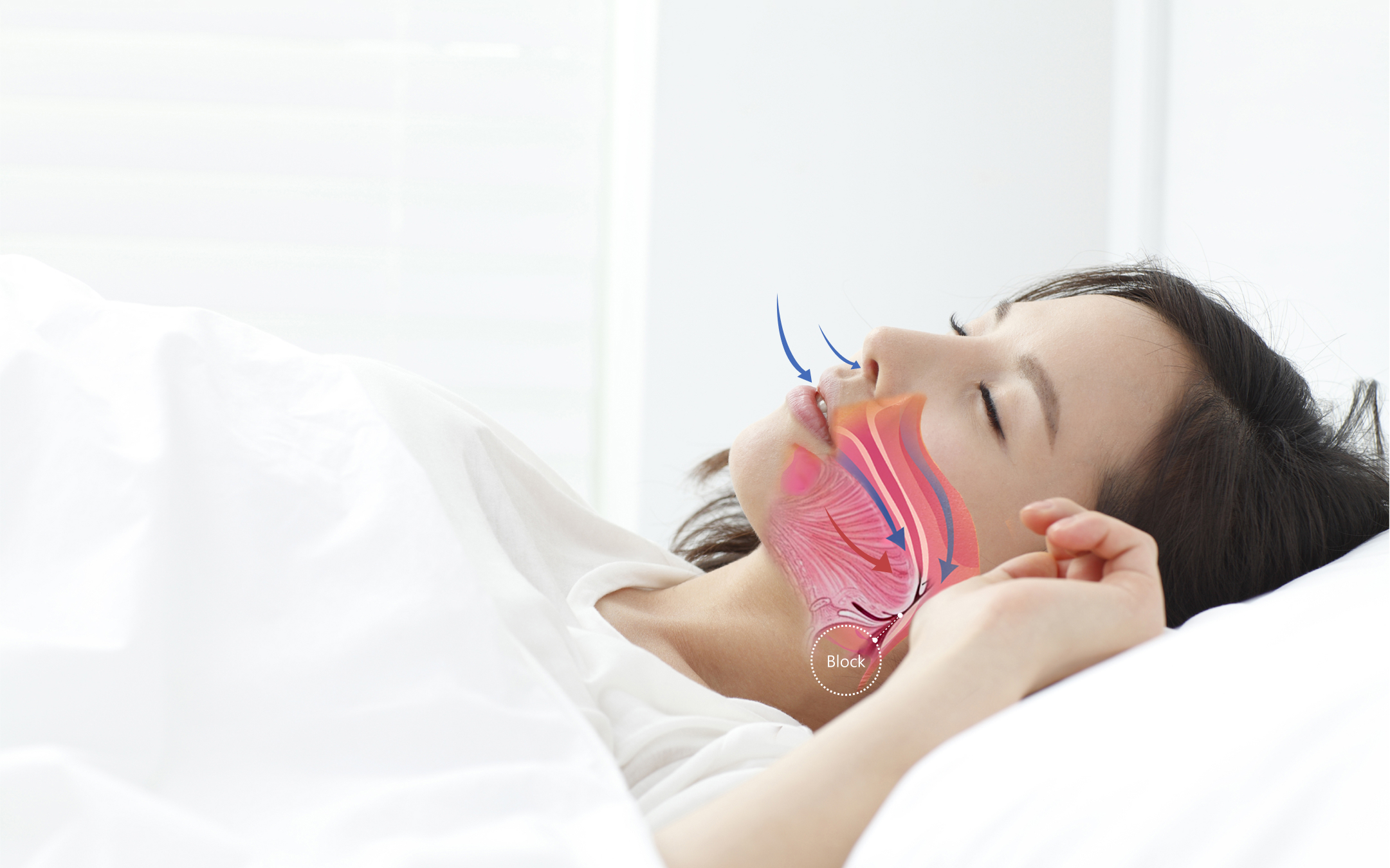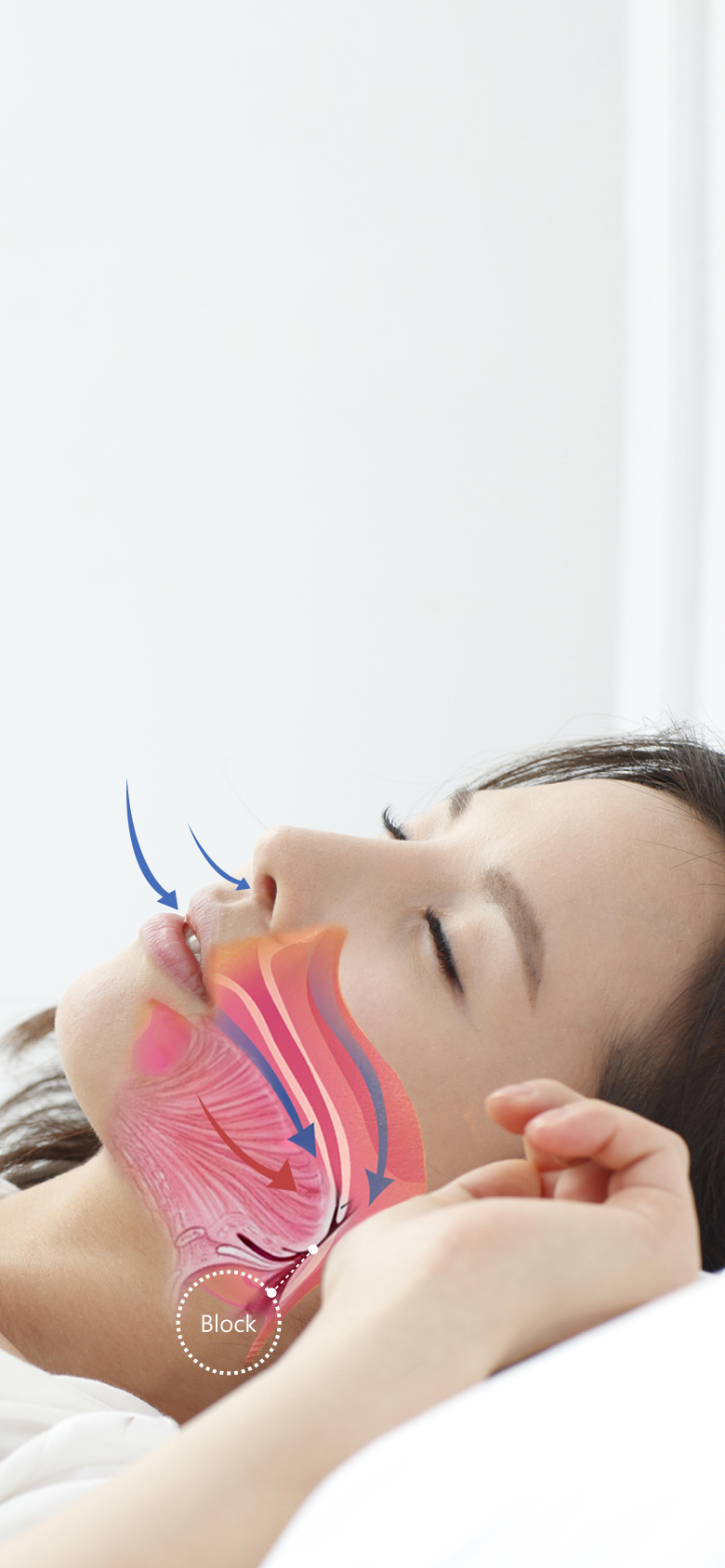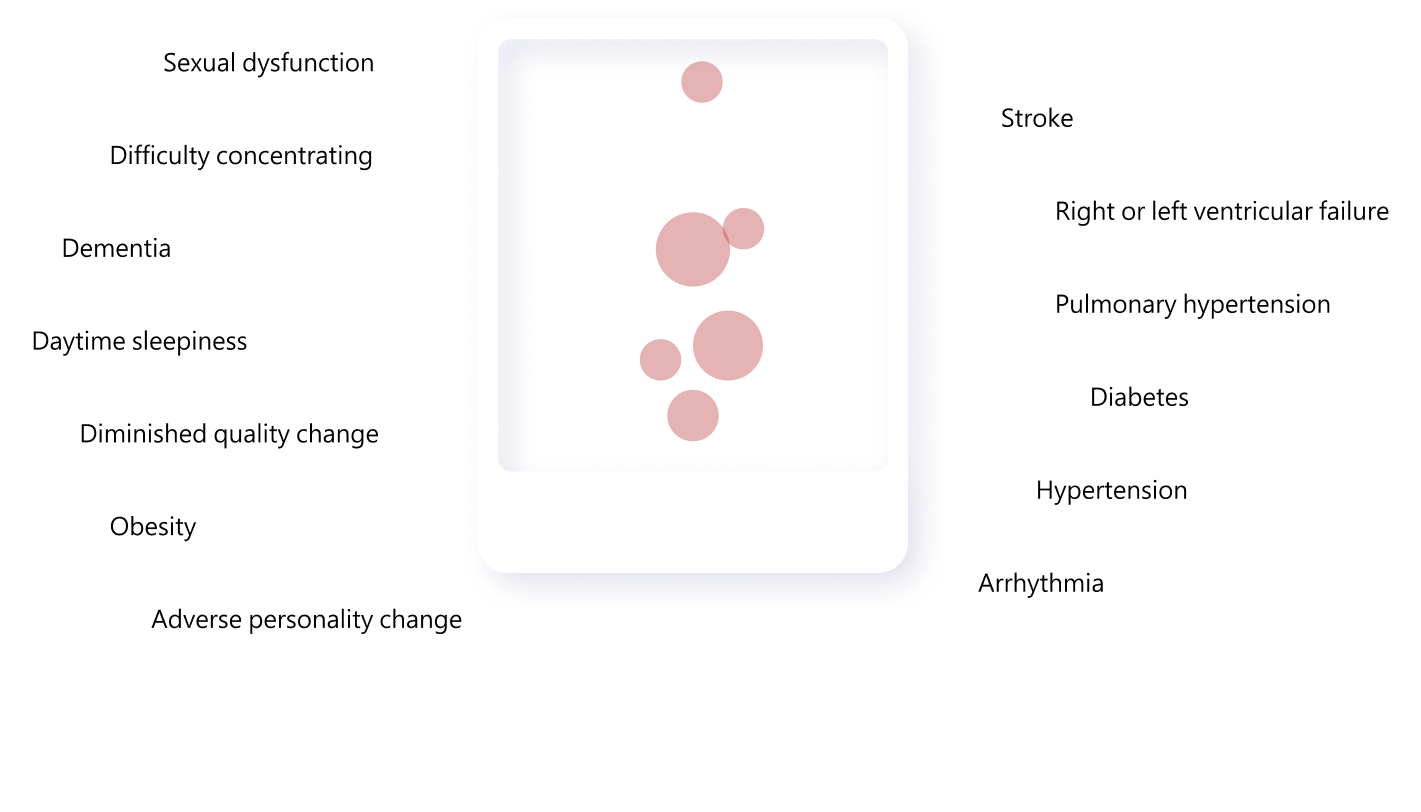What is OSA?
Obstructive Sleep Apnea,OSA
Obstructive sleep apnea is the most common sleep related breathing disorder characterized by repetitive narrowing and collapsing of upper airway, causing Dysfunctional breathing while you sleep.

What is OSA?
Obstructive Sleep Apnea,OSA
Obstructive sleep apnea is the most common sleep related breathing disorder characterized by repetitive narrowing and collapsing of upper airway, causing Dysfunctional breathing while you sleep.

Types of sleep apnea


OSA
Obstructive Sleep Apnea
The soft tissue (tongue atrophy, Enlarged uvula, tonsillar hypertrophy)and bone structure (recessed chin), tonsils, soft palate) relax, causing obstruction of the upper airway , narrowing of the airway leading to apnea during sleep.
CSA
Central Sleep Apnea
Central sleep apnea occurs because your brain doesn't send proper signals to the muscles that control your breath. This condition is different from obstructive sleep apnea, in which you can't breathe normally because of upper airway obstruction.
MA
Complex Sleep Apnea
Most of MA are caused by CSA, leading to both obstructive and central, resulting in sleep apnea.

OSA
Obstructive Sleep Apnea
The soft tissue (tongue atrophy, Enlarged uvula, tonsillar hypertrophy)and bone structure (recessed chin), tonsils, soft palate) relax, causing obstruction of the upper airway , narrowing of the airway leading to apnea during sleep.
CSA
Central Sleep Apnea
Central sleep apnea occurs because your brain doesn't send proper signals to the muscles that control your breath. This condition is different from obstructive sleep apnea, in which you can't breathe normally because of upper airway obstruction.
MA
Mixed Sleep Apnea
Most of MA are caused by CSA, leading to both obstructive and central, resulting in sleep apnea.
What are the dangers of sleep apnea?
What are the dangers of Sleep apnea?
OSA not just affects airflow, if the human body is in a state of low blood oxygen saturation for a long time, it will lead to cardiovascular disease and metabolic abnormalities.
In addition, neurobehavioral changes such as daytime sleepiness and inattention lead to an increase in the rate of self-driving accidents and a decrease in the quality of life.

How to confirm if you have sleep apnea?
Quickly check whether you have a potential risk of sleep apnea with the OSAWELL Home Sleep Test.
Then report it to the physician for reference in order to provide you with further diagnosis.
Testing with Apnea–Hypopnea Index

*AHI is the number of apnea per hour while sleeping, and the apnea must last for more than ten seconds to be recorded.
Improvement and treatment of obstructive sleep apnea
Common treatment methods include weight management, wearing snoring braces, wearing CPAP, and orthognathic surgery.
| Non-invasive | Intrusive | ||
| CACP | Surgery | ||
| Principle | Continuous positive airway pressure | AI Customized OSA corrector | Remove soft palate, uvula, tonsils |
|---|---|---|---|
| Treatment | Fixed equipment | Progressive treatment | One-time surgery, but the soft tissue will regenerate |
| Self-function recovery | No | Yes | No |
| Portability | big size and many accessories (mask, pipeline, power supply) | Small size, no accessories | N/A |
| Comfort |
| High freedom |
|
| Time | High device dependence and permanent use | 3-6 months | One day, need 2–3-month recovery period |